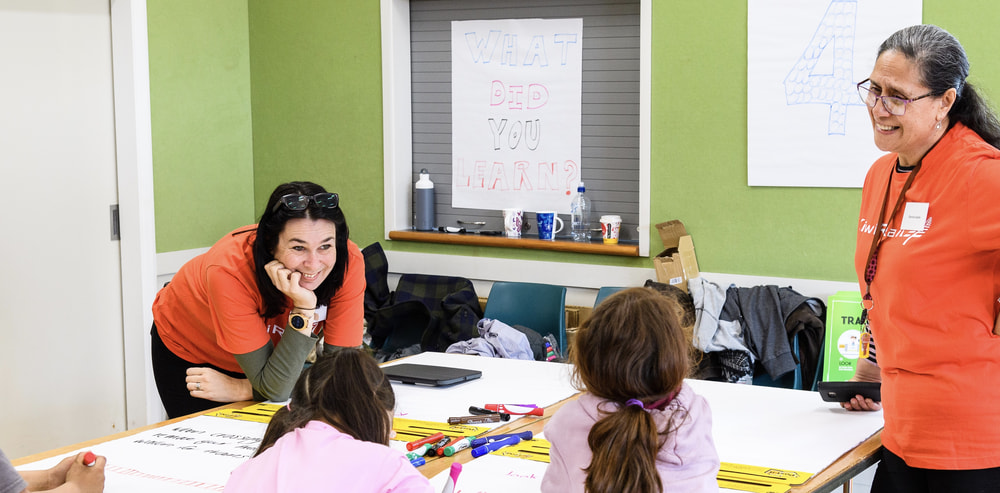Learning to stay safe around tracks and trains is as important as learning to swim or cross roads.

Research tells us that the most effective way for students to learn about safety is for it to be linked to the school curriculum.
Rail safety is an essential life skill. Most children are likely to come across trains and railway tracks either in the city or in regional areas at some stage in their lives. It is important that students learn why rail safety is important and how to stay safe in rail spaces.
TrackSAFE NZ promotes best practice road and rail safety education in schools through the use of curriculum based resources.
Evidence suggests that one-off school visits are not an effective way for students to retain safety messages, nor are the use of shock tactics or fear to invoke a response in students.
Ideally school visits work best when they are part of a wider focus on rail safety carried out within the classroom environment.

Presentation and resources
These resources on the NZTA Education Portal have been designed for teachers and safety professionals. This helps students learn how to safely cross the tracks and wait for trains.
Keeping safe around trains and railway tracks is an education resource for Years 5-10.
- How to keep ourselves safe when crossing a railway track.
- Photos with different age groups.
- Classroom activities include identifying signs, word search and design a poster.
Curriculum resources
Resources have been developed by the NZ Transport Agency in consultation with TrackSAFE NZ and a reference group of rail experts, safety professionals and teachers.
They are available for free download on the NZTA Education Portal. The resources were developed by curriculum writer Pam Hook, using SOLO taxonomy to allow students to “dig deep”.
The resources are linked to:
- Science – students learn to think like a scientist, exploring the transfer of electrical energy with simple experiments to learn how to keep themselves and others safe around the electrical energy that moves trains.
- English – students will think like a writer and create text designed to persuade their community to act in safe ways around the rail corridor.
- Mathematics – students learn to think like a mathematician, for example measuring train stopping distances of high speed trains.
- Social Sciences – students think like a social scientist about the way people and places interact on the railway in the context of messages about keeping safe.
With the rail network part of daily life in many places, teachers can select from the resources to reflect their community setting.

Rail safety is an essential life skill
All Aboard with the Safety Crew
This primary school program was developed by the TrackSAFE Foundation in Australia – and is available for New Zealand schools to use.
The program includes a suite of FREE resources for teachers to deliver rail safety education to their students. All resources are linked to 5 rail safety messages and includes a range of digital, creative and collaborative activities to engage students.
Safety video
KiwiRail has produced this safety video which can be shown in classrooms as a conversation starter. In the video the students ask questions of locomotive engineers (train drivers) about their experiences driving trains. It also includes valuable safety messages for young people.
Rail Safety Song
A song to help younger tamariki learn about crossing railway tracks safely. The link to the song on YouTube can be found here on the NZTA Education Portal.


 track
track